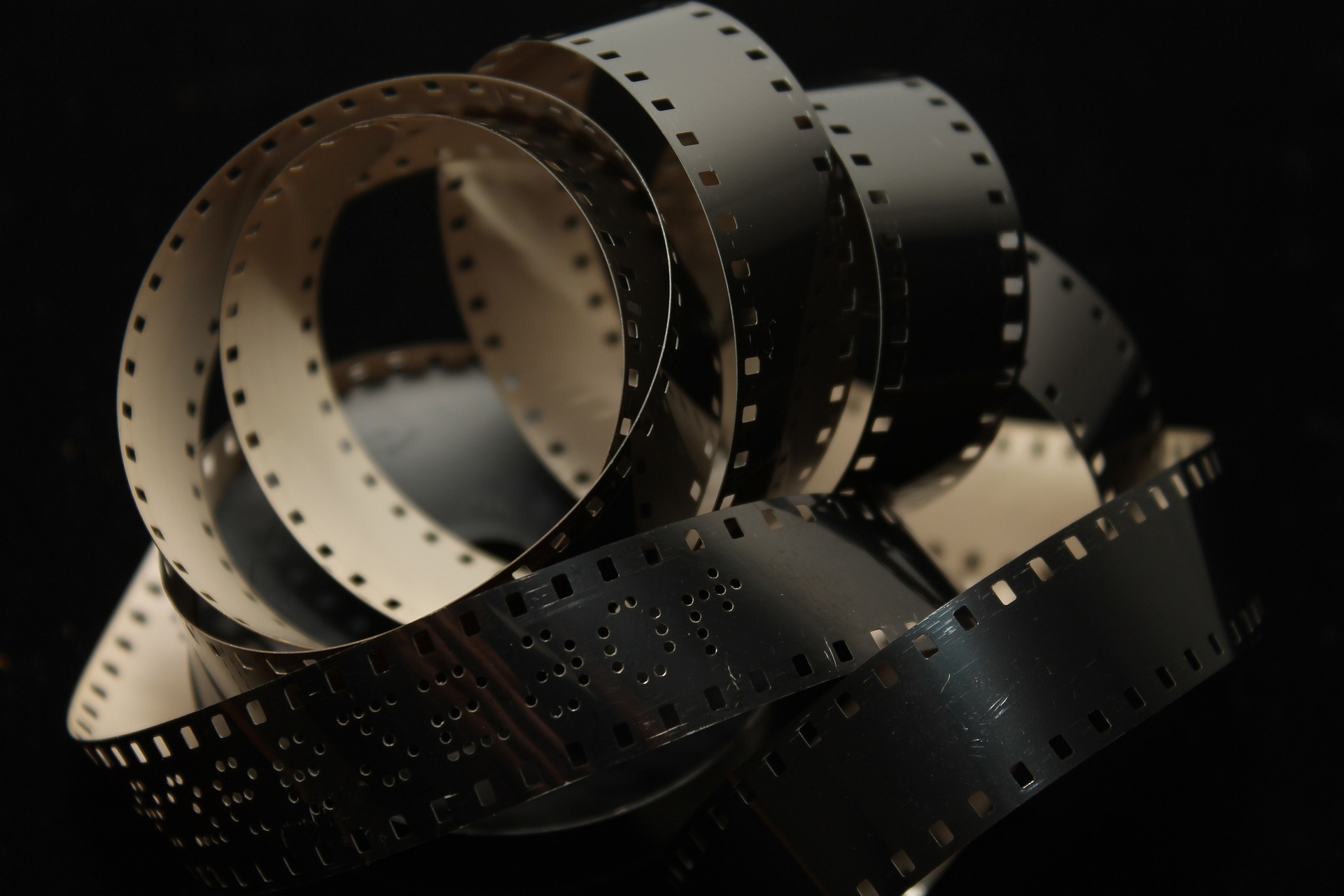Rubber extrusion is a continuous manufacturing process that produces rubber products. Door and window seals, edge trim profiles, bumpers, and fenders are popular forms of extruded rubber. Extrusions from rubber have thousands of applications in different industries, including automotive, solar, and packaging. Here are three benefits of the process and products extrusion yields:
1. Efficient and Economical
The extrusion process is efficient and economical. Extrusion involves a continuous process that can produce finished rubber products of varying lengths and shapes. The process has minimal waste and results in lightweight, flexible, and durable products. You can produce extrusions with specific properties optimized for the application. The manufacturing process is reliable and has been used for hundreds of years to create different rubber products.
Many manufacturers prefer extrusion because the process is cheaper than other molding options. Thermoplastic methods repeatedly melt and harden the rubber, creating more waste. Rubber extrusion is efficient, and the leftovers are reusable, which lowers raw material and disposal costs. The plants also operate continuously, except during planned downtime and equipment breakdown.
2. Flexible Manufacturing Process
Extrusion molding increases flexibility in manufacturing consistent rubber cross-sections. The process creates products with precise dimensions and cross-sections. It can create complex shapes, decorative trims, hard and soft surfaces, and more. The manufacturing process is also responsible for many rubber products, including connectors, tubing, gaskets, anti-vibration, and hoses. Manufacturers can produce rubber products highly resistant to extreme conditions.
Rubber products are more resistant to chemicals, cold, heat, aging, friction, and abrasion. The extrusion process also accommodates alterations to produce custom products. Extrusion is a versatile process that creates most two-dimensional shapes in continuous lengths. Manufacturers can optimize the design and construction material to make premium rubber products for various applications.
3. Post Extrusion Alterations
The extrusion process provides easier post-extrusion alterations. Rubber fed into the die emerges in the desired shape and is hot enough to be altered. Manufacturers can add unique elements and customize the extrusion to the intended application. Post-extrusion manipulation is common because businesses need products with custom, patented attributes. Leading rubber extruders use a variety of rollers, dies, and shoes to customize products.
Post-extrusion manipulation is one of the reasons why the process is capable of producing a wide range of products. Other manufacturing processes have hardened materials that are more challenging to alter after they leave the extrusion chamber. Extrusion accommodates ductile and brittle materials. No oxidation is possible in the process, which allows for superior dimension control, better grain structure, and uniform products.
Working With a Rubber Extrusion Company
Extrusion is a continuous high-volume manufacturing process that is cost-effective. The process results in good compounding, efficient melting, and excellent surface finish. If you’re looking for extrusion products, stick to leading design and construction.
Some manufacturers offer rubber and plastic extrusion products used in specific industries. Find a rubber extrusion company that specializes in your products or industry. Many leading manufacturers serve the solar, automotive, and appliance industries and offer custom extrusion products. Choose established manufacturers with a proven track record.















